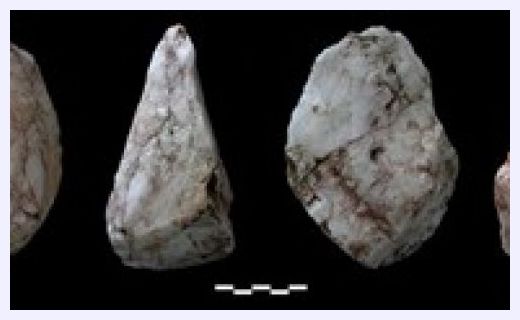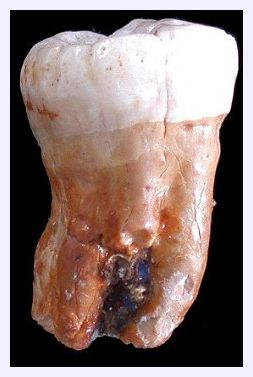
© Syndics of Cambridge University LibraryGeniza palimpsest with Hebrew (shown upside down) written over the top of a 6th-century copy of Akylas' Greek translation (c. 125 CE) of the Books of Kings (shown the right way up); T-S 12.184r.
New research has uncovered a forgotten chapter in the history of the Bible, offering a rare glimpse of Byzantine Jewish life and culture.
The study by Cambridge University researchers suggests that, contrary to long-accepted views, Jews continued to use a Greek version of the Bible in synagogues for centuries longer than previously thought. In some places, the practice continued almost until living memory.
The key to the new discovery lay in manuscripts, some of them mere fragments, discovered in an old synagogue in Egypt and brought to Cambridge at the end of the 19th century. The so-called Cairo Genizah manuscripts have been housed ever since in Cambridge University Library.
Now, a fully searchable
online corpus has gathered these manuscripts together, making the texts and analysis of them available to other scholars for the first time.
"The translation of the Hebrew Bible into Greek between the 3rd and 1st centuries BCE is said to be one of the most lasting achievements of the Jewish civilization - without it, Christianity might not have spread as quickly and as successfully as it did," explained Nicholas de Lange, Professor of Hebrew and Jewish Studies in the Faculties of Divinity and Asian and Middle Eastern Studies, who led the three-year study to re-evaluate the story of the Greek Bible fragments.





